
George Barnes, right, with George Pal on the set of War of the Worlds (1953).
George Barnes, born October 16th, 1892, began work as a cinematographer at the age of 26, becoming a mainstay at Thomas H. Ince Studios, doing work for 14 of the studio's 107 films. After the studio's closing in 1920, he hopped around between studios, doing work on all different types of film, and became a highly demanded cinematographer for Alfred Hitchcock, Frank Capra, Cecil B. DeMille, and Leo McCarey.
Sadly, both these films are unavailabe.
THE DEVIL DANCER (1927)DIRECTED BY: Fred Niblo
STARRING: Gilda Gray, Clive Brook, Anna May Wong
NOMINATED FOR: Best Cinematography (George Barnes)
According to TCM, here's the plot:
"Takla, a white orphan brought up and kept captive in a Himalayan monastery, is rescued by Althestan, an adventurous Englishman who falls in love with her. His sister, displeased with her brother's choice, arranges to have Takla kidnaped. Althestan searches for her and eventually finds her with a troupe of itinerant Muslim entertainers."
Not much more info exists beyond that. It's thought that this film is lost for good, along with 80-90% of the output during the silent era. Film preservation wasn't really on anyone's mind back in the 1920s. And what of The Magic Flame?
THE MAGIC FLAME (1927)
DIRECTED BY: Henry King
STARRING: Ronald Colman, Vilma Bánky, Agostino Borgato
NOMINATED FOR: Best Cinematography (George Barnes)
Well, it fairs a tad bit better, but don't expect to ever see it. Only five of the original eleven reels exist, and they're stored in the International Museum of Photography and Film at George Eastman House Archives. Here's the plot via TCM:
"Bianca, the aerial star of Baretti's circus, loves Tito, the clown, and resents the advances of the handsome Crown Prince of Illyria, who poses as Count Cassati. The prince pursues the wife of a neighboring squire and kills her husband when he discovers them together. Maddened by Bianca's refusals, the prince lures her to his hotel with a forged letter, but she drops from the window, using her gymnastic skill to escape. Tito comes to her aid and in a struggle with the prince casts him from the window into the sea. Bearing a striking resemblance to the prince, Tito assumes his identity and thus evades prosecution. Believing Tito to have been killed by the prince, Bianca leaves the circus to seek vengeance. During the coronation, she is about to assassinate the "prince" when he reveals his identity, and together they escape to the circus."
Here's a copy of the New York Times review of the film that goes into more detail, via a Vilma Bank fansite.
And if you want to go even MORE into detail, here's a novilization of the film, translated from a French magazine.
Now, that's just frustrating, to have so many clues to what this film was like and not being able to see it. Eh, who knows, maybe the other six reels will show up someday. Look at what happened with Metropolis.
Now, it seems unfair to leave it at that, so to make up for these two lost treasures, we'll look at two other films made by George Barnes made shortly before the Academy Awards took place.
THE EAGLE (1925)
DIRECTED BY: Clarence Brown
STARRING: Rudolph Valentino, Vilma Bánky, Louise Dresser
For many, The Eagle was the comeback of young star Rudolph Valentino, who would become one of film's first heartthrobs until his untimely death in 1926 at the age of 31. In this film, he stars as Vladimir Dubrovsky, a soldier in the Russian army who goes rogue in order to don a mask, take the name "The Black Eagle" and get revenge at the man who stole his father's home. It's sort of a new take on the whole Robin Hood/Zorro thing, only the Black Eagle has a mask shaped like a bird.
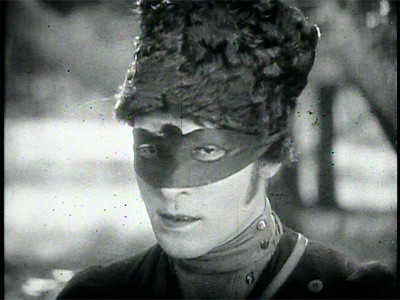
But we're not here to talk about the film itself, we're here to look at the cinematography. There's a lot of great technical stuff going here. For one, we get several chase scene with some solid early tracking shots, with things both moving away from the camera...

...And to the camera...

...Most of these are impressive for their time. Bumpy, but they work. However, these are just teasers for THE tracking shot of the movie. In one scene, Kyrilla (the baddie) is having a huge feast with all his baddie buddies. We cut to Kyrilla at one end of the table...
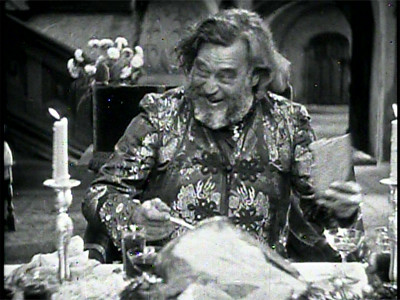
..and we start pulling back...

...and we pull back...
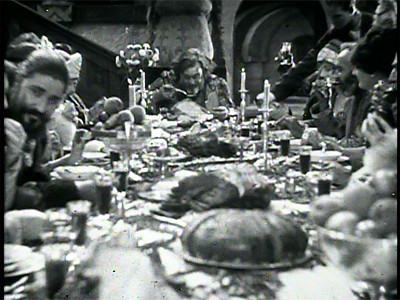
...and we pull back...
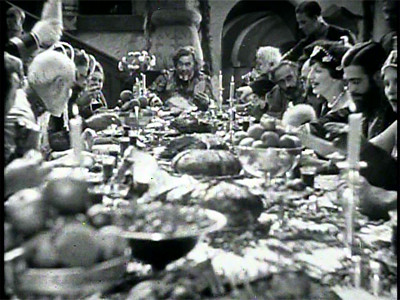
...and we pull back...
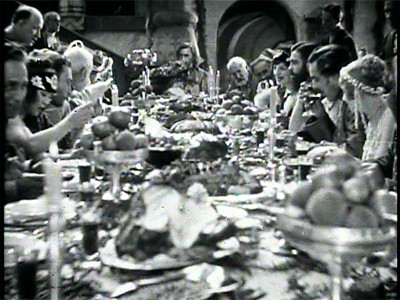
...and we KEEP PULLING BACK!
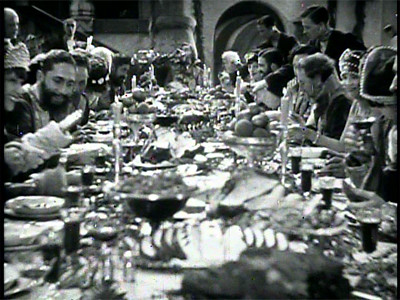
These days, we'd put a camera on a crane for this kind of tracking shot. Back in 1925, they had to construct a special table that came apart to let the camera through! I don't know how much of that was George Barnes' work, but it's a great effect and my favorite shot of the entire film.
Something I noticed about George Barnes films, at least the ones I've seen before, is that he loves closeup of hands. Don't ask me why.


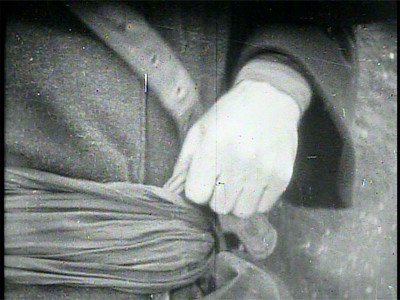
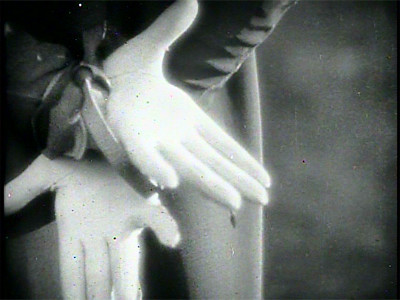
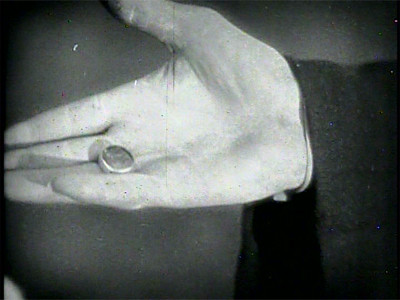
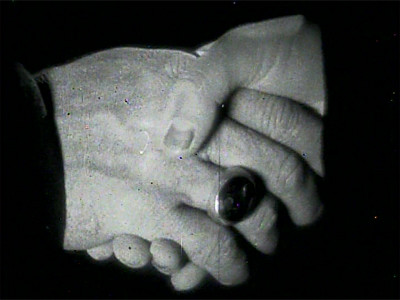
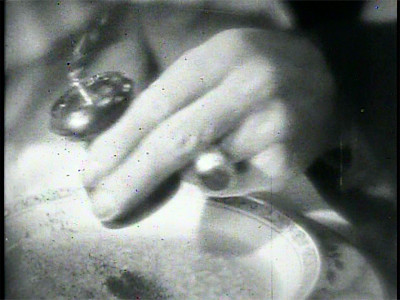
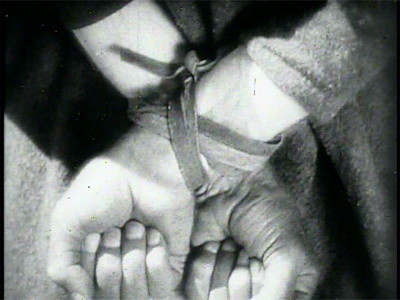
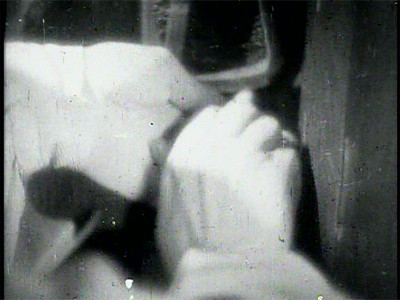
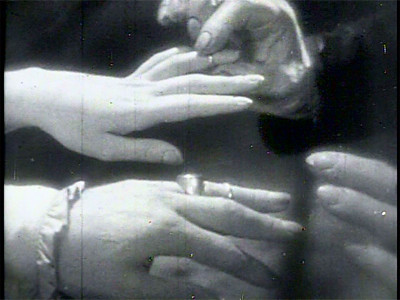
Well he loved his hands, Barnes didn't seem have too many closeups of the face in this film. The photo of The Eagle in his mask above is the closest he ever got to a face in the film. Here's the second closest:
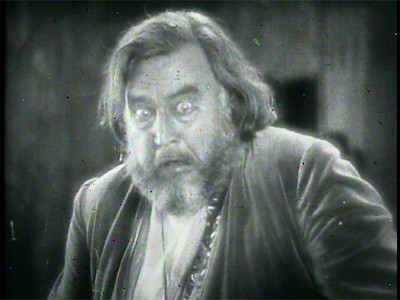
In fact, our hero is more often then not seen at a distance.
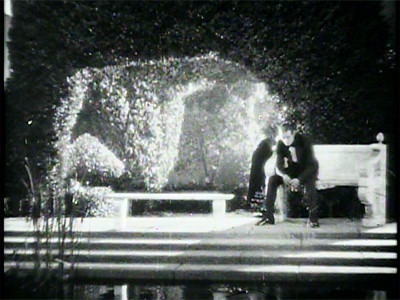
This, I think, is mostly director Clarence Brown's idea, because in our next George Barnes/Rudolph Valentino film, there are closeups galore.
SON OF THE SHEIK (1926)
DIRECTED BY: George Fitzmaurice
STARRING: Rudolph Valentino, Vilma Bánky, George Fawcett
A sequel to 1921's The Sheik, this film follows the Ahmed, the Sheik's son (Valentino) as he tries to woo (and then rape(like father like son)) a young dancer. Like I mentioned, there are a lot more closeups, in part because Valentino had really hit the big time at this point, and you can't NOT have closeups of the latest sex symbol. It's also in part that many of the actors in this film have very expressive faces. For example, Montagu Love has one of the best bad guy faces of the silent era.
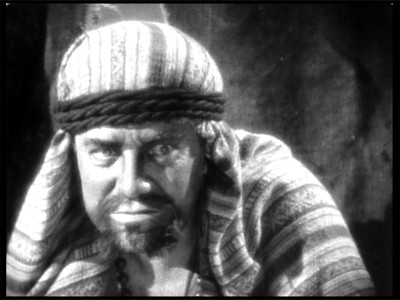
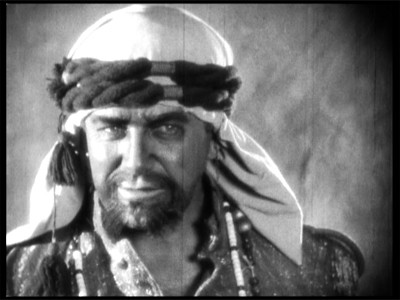
But that face isn't nearly as creepy as Karl Dane's. If someone had made a Batman movie during the silent era, Karl Dane would play the Joker.
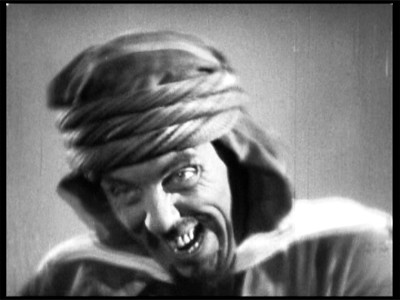

And to think, his character is one of the GOOD GUYS!
The entire film takes place in the desert, and George Barnes does a good job showing the emptiness of it.

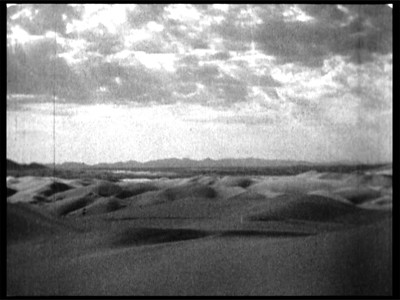
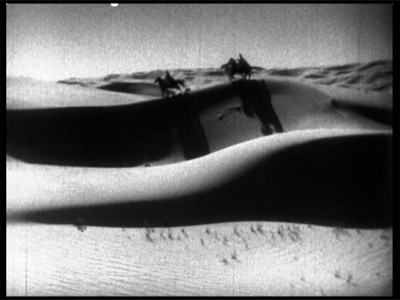
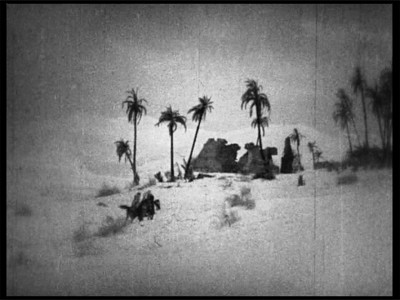
Things take a different tone when we get to set shots. In one scene, Ahmed and the dancer are hanging around a ruined building. Unknown to them, the baddies are slowly creeping in from the shadows. These darker shots are very effective, but almost seem like they belong in another movie. They're almost Fritz Lang-ish.
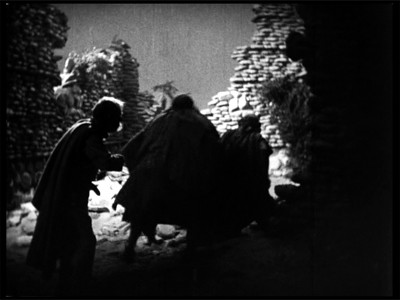

Oh, did I mention that Valentino plays two roles? He plays both Ahmed and Ahmed's father, the original Sheik. There's one scene near the end where the two cross paths, and we get some nifty old school split screening.

It's an effect we've seen dozens of times before now, but I can imagine it was pretty neat back in 26. Still, pretty old school, it's not like their physical interacting or anythiOH MY GOD HE JUST REACHED OUT AND TOUCHED HIMSELF!!!
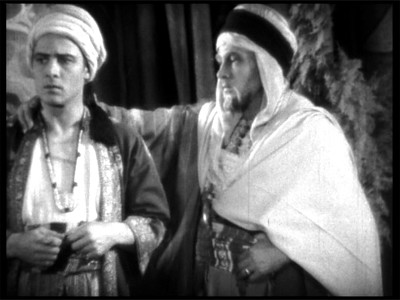
The effect is actually kind of obvious in motion, but it's still a gutsy move that most people wouldn't try today.
Oh, as for hands?

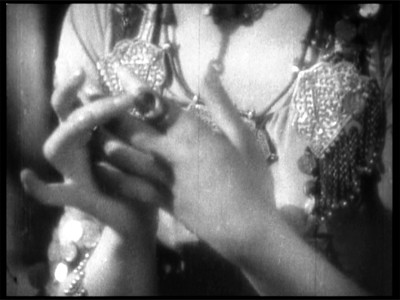
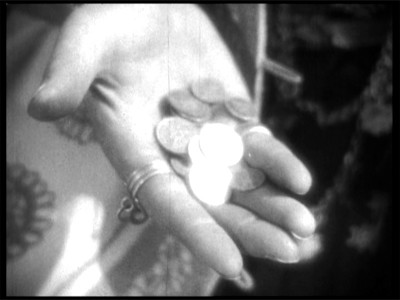
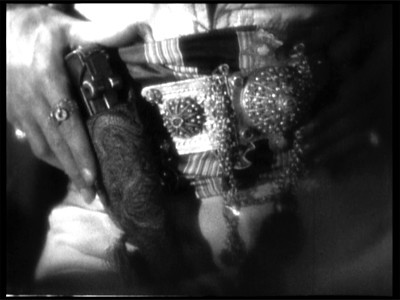

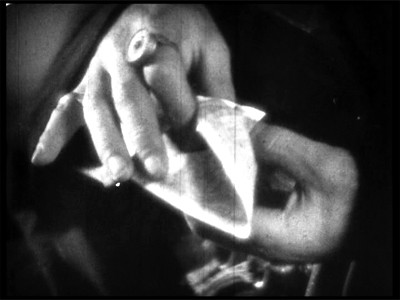

Yeah, it's got them.
So, there you have it, two films for two films lost. Don't worry, we haven't seen the last of George Barnes.
No comments:
Post a Comment